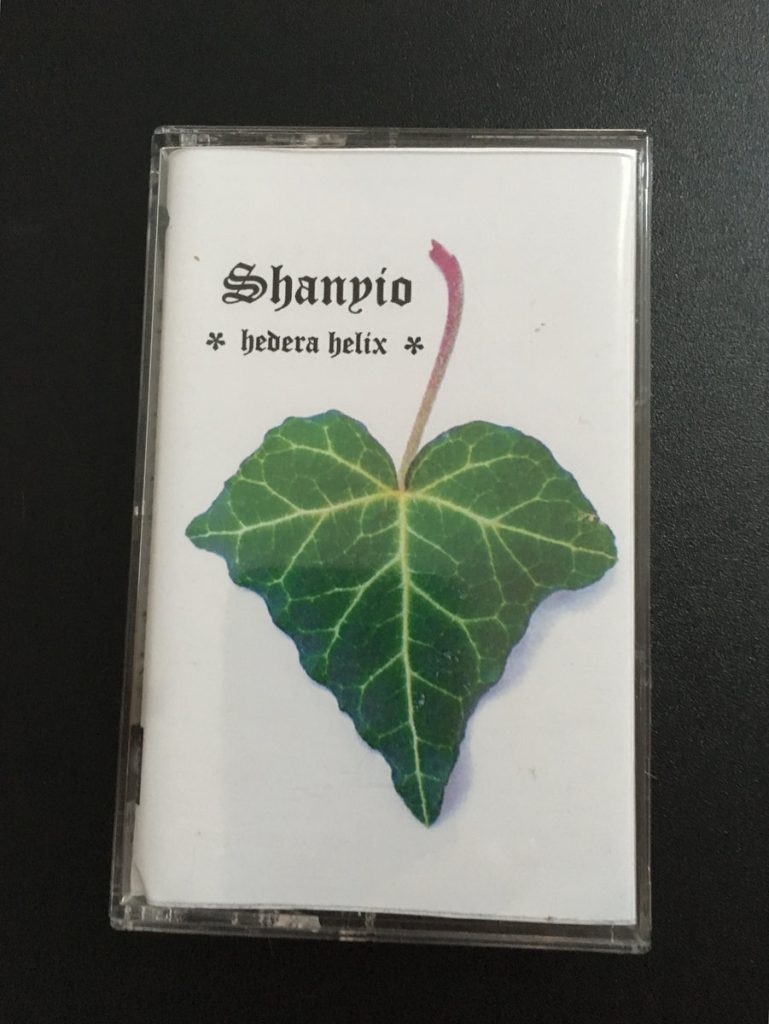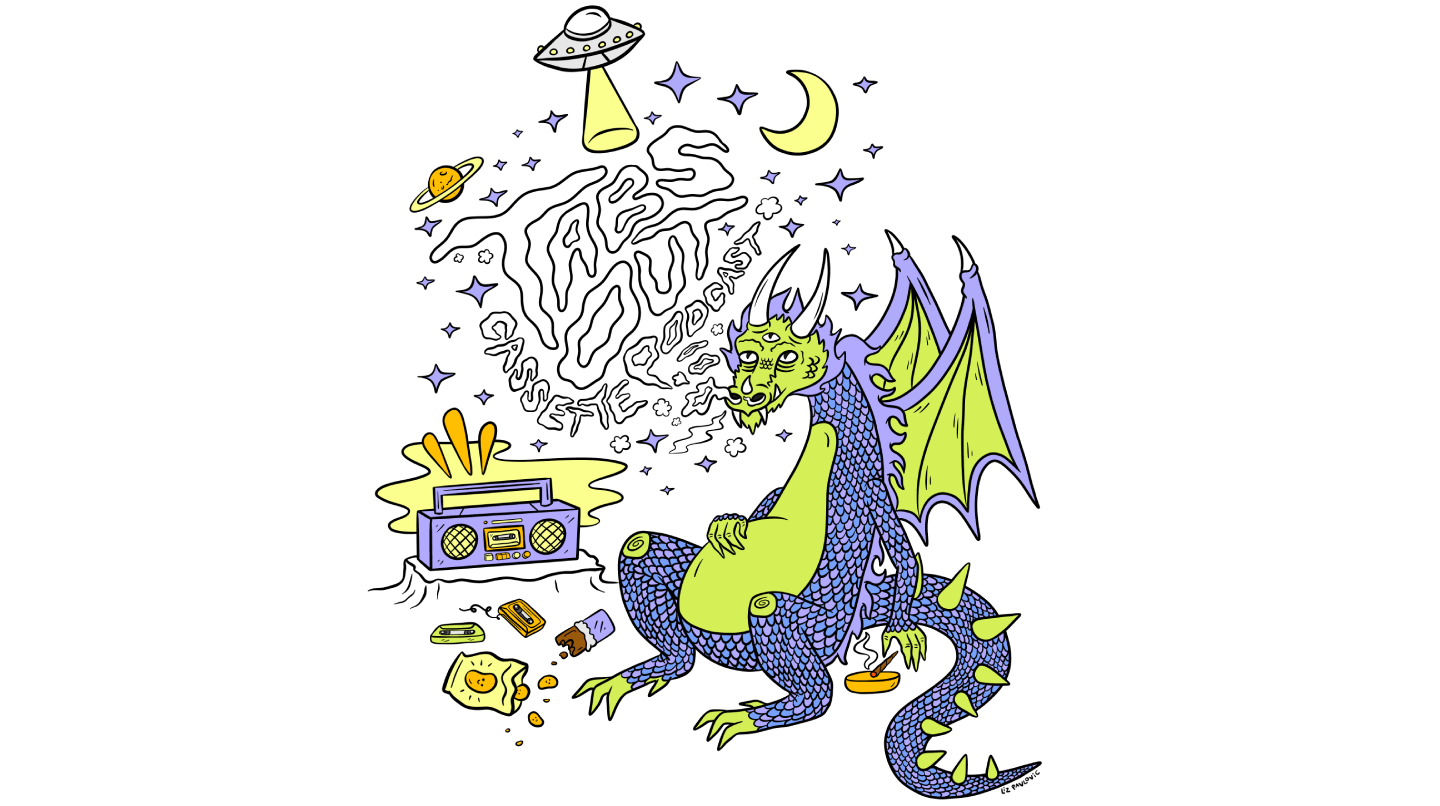4.2.19 by Ryan Masteller

Hedera is the name of the genus for ivy, the twisty plant that grows over everything if you let it. It can be nice when used decoratively. It can also kill trees. But the worst kind is probably obvious: poison ivy, the oily one that gives you a MAJOR itchy rash if you touch it, and if you scratch it, you can spread it. Take it from me – I am wickedly susceptible to poison ivy, so much so that I barely will set foot in the woods anymore. (Well, I live in Florida, so there’s snakes and alligators and scorpions and all manner of other awful things I could run into, so you can see why I’m better off keeping my distance.) Remember when your mom said, “Leaves of three, let it be”? Your mom was SO right.
Shanyio, aka Romanian artist Alexandru Hegyesi with guests, seeks, perhaps, to mitigate the effects of poison ivy by sinking into a deeply psychedelic meditative state on “Hedera Helix.” That sinking could also just be his way of carefully observing the biological structure of ivy plants in general and ruminating on them, but that would mess up my poison ivy narrative. Regardless, Shanyio musters a dense creativity when considering the flora, and the artists together craft a delightful and mysterious song cycle that burrows into your brain, sprouts roots, and takes over. Utilizing various percussion techniques, electronics, tape loops, and Hegyesi’s cello, shakuhachi, and Appalachian dulcimer, Shanyio defies categorization. But it falls pretty clearly within the electroacoustic/experimental side of things.
(What? It does! I don’t like that look you’re giving me.)
DNA is an enigmatic construction, a cagey, inexplicable scientific concept that’s really hard for us regulars to understand without assistance. Shanyio digs into the DNA of ivy with “Hedera Helix,” emerging with a sonic simulation that’s easy to get behind, even if you still have no idea what DNA actually is. [Ed. note: This is what DNA is.]
“Hedera Helix” is available from Hiss and Groove. “Ampex chrome type tape in transparent case. All cassettes are recorded one by one using a Tascam CD – A 500 (TEAC Professional Division) deck.
Individually numbered. DDA – digital recording, digital mixing, analog mastering.” I have no idea what any of that means.
